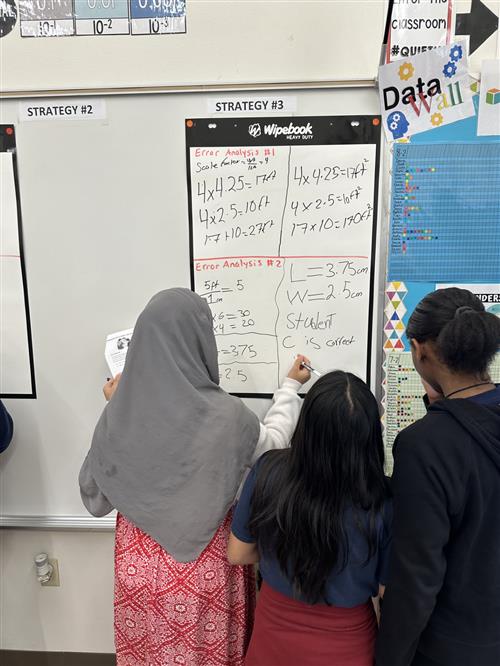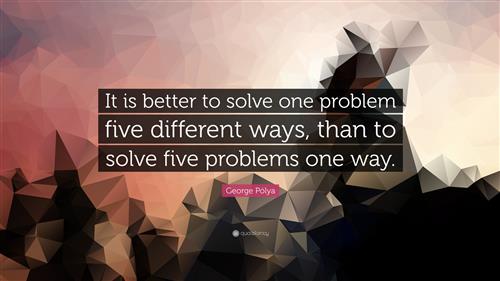- Eugenio María de Hostos MicroSociety School
- What is Mrs. D'Ambroso Thinking Classroom?
-
ABOUT MRS. D'AMBROSO THINKING CLASSROOM

Everything we do in my math classroom is designed to promote critical thinking and problem-solving skills! To help with this, I will be using many research-based strategies I learned after reading the book below:

Below is a description of the things I will be doing in my room:
Random Grouping - Students will be randomly placed in groups to work daily. These groups change each day and sometimes more than once in a day depending on the thinking task. This reduces anxiety around whom students will work with and encourages students to learn to work with anyone.
Whiteboard Moves - Students will mainly work standing at a whiteboard, collaborating together. Standing has proven to improve student on-task time and thinking. A vertical surface helps us share work across groups. Being able to erase makes students more willing to take risks in their work. See photo below:

Teacher Support As Needed - I will always be moving between groups, giving enough support that students can continue to problem-solve and think, but also being as strategic as I can in letting THEM do the thinking. So, it's possible I won't answer a question for a student or tell them how to solve something, or I might answer a question with a question. While this might be frustrating at the moment, students will not be left without support, it just looks different.
Varied Solutions/Strategies - Math is creative and open-ended! Students will be given permission to solve problems in a way that makes sense to them and to use different strategies. We will guide each other to the most efficient methods as we deepen our knowledge, but there is more than one way to solve a problem.








